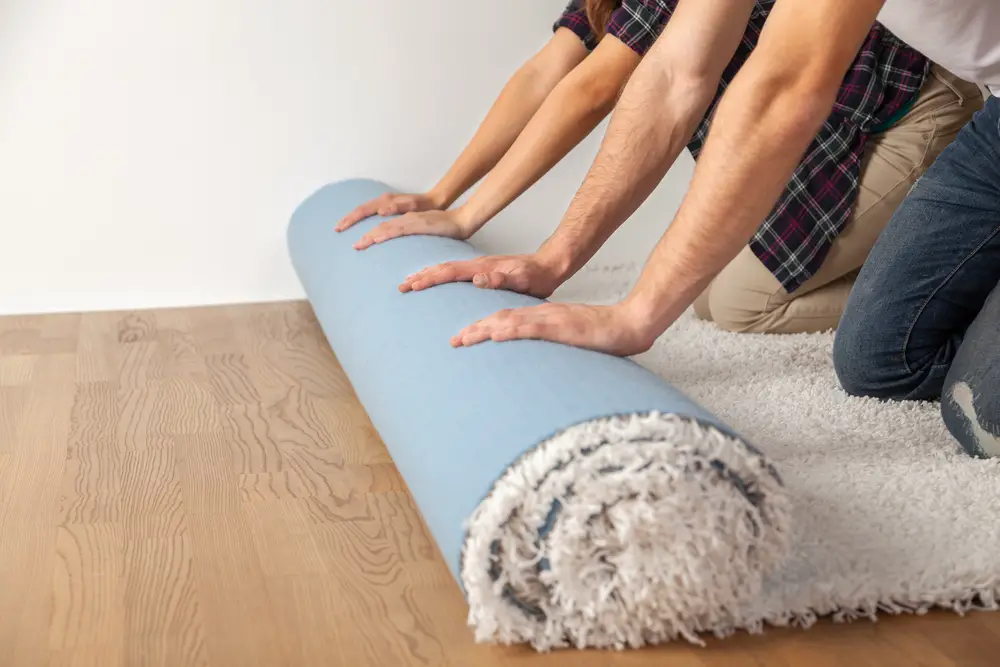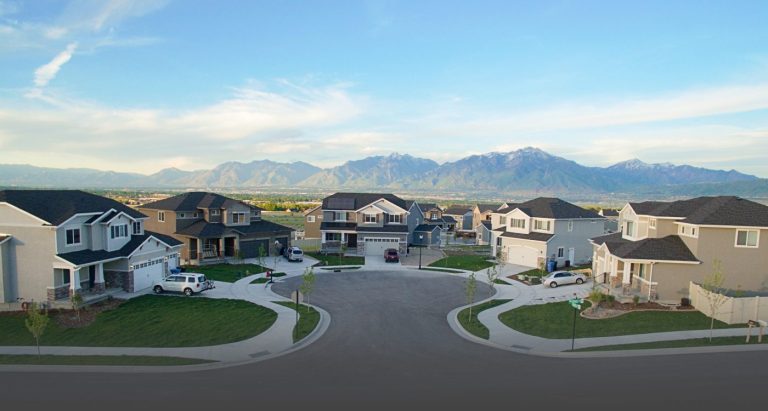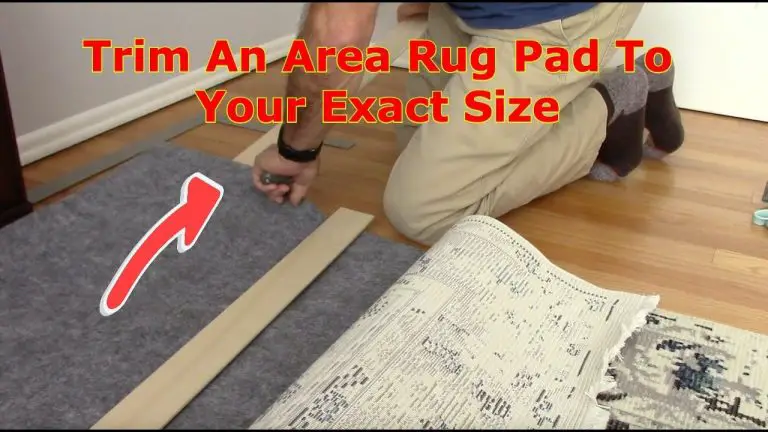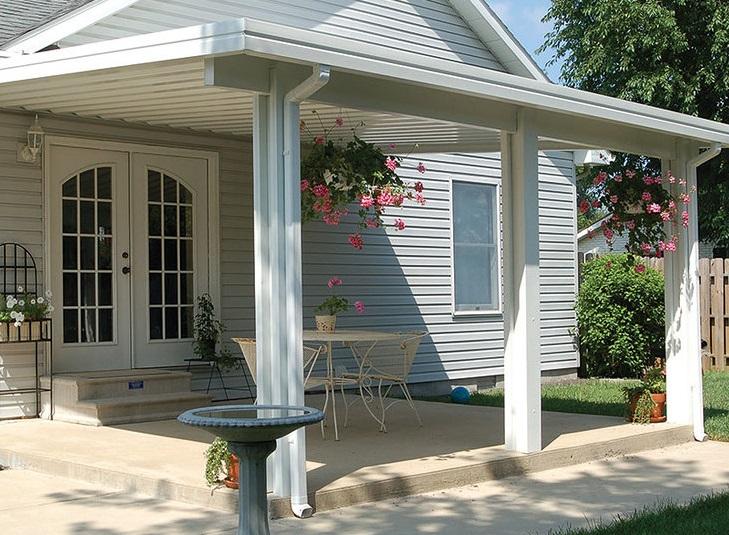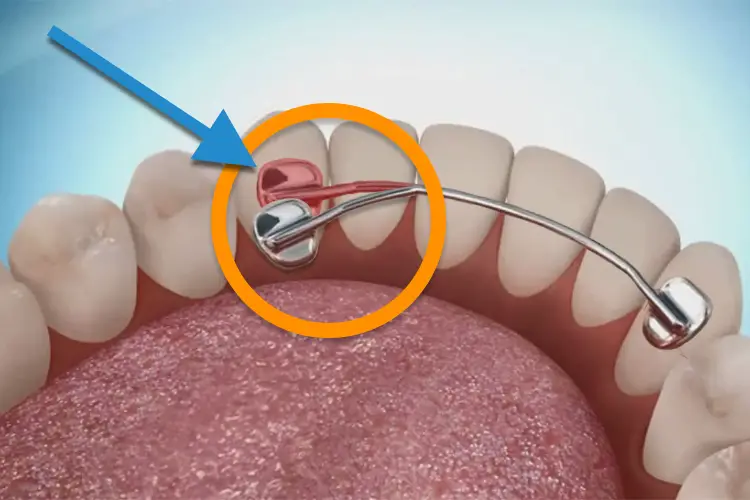How To Get A New Area Rug To Lay Flat
Getting a new area rug can be an exciting addition to your home. Unfortunately, sometimes the rug will not lay flat once it has been put down. This can be an annoying problem that is not easily solved. Fortunately, there are a few easy steps you can take to get your new area rug to lay flat. With a little patience and effort, you can have your rug looking beautiful and lying flat in no time.
Understanding What Causes Area Rugs to Not Lay Flat
Area rugs can be a beautiful addition to any room, but when they fail to lay flat, it can be a source of frustration. So what causes rugs to not lay flat? Usually, it’s a combination of factors like the thickness of the rug, the type of material, and even the humidity in the room. Thick area rugs that are made out of natural materials, like wool, are more likely to curl up at the edges. If your rug is made of synthetic materials, such as nylon, it is less likely to curl up at the edges. Room humidity can also play a role. High humidity causes the fibers in the rug to expand, which can prevent the rug from lying flat.
Fortunately, there are ways to prevent and even fix your area rug from not laying flat. The first step to getting your rug to lay flat is to make sure you have the right size rug for your room. If the rug is too small for the room, it may be prone to curling up at the edges. You can also try using rug pads or anti-slip mats to help the rug stay in place. Finally, make sure to rotate your rug periodically to even out the traffic wear and tear. With a bit of effort and patience, you can have your area rug looking great in no time.
Choosing the Right Rug for Your Space
When it comes to choosing the right area rug for your room, there are a few key factors to keep in mind. The size and shape of the rug should complement the space; it should also be proportionate to the furniture. Furthermore, the material of the rug should be taken into consideration, as it will affect how easy it is to flatten it once it arrives. Natural fibers such as wool and cotton are more likely to flatten than synthetic materials. Additionally, the thickness of the rug can make a difference in how easy it is to lay it flat. A thicker rug will require more effort to flatten than a thinner one. Additionally, the pile of the rug – whether it’s looped or cut – should be taken into consideration, as looped rugs are known to be more difficult to lay flat than cut pile rugs. Finally, the backing of the rug should be considered, as some backings are more likely to create wrinkles than others.
Taking all these factors into consideration before making a purchase will help ensure that you get an area rug that will lay flat and look great in your space.
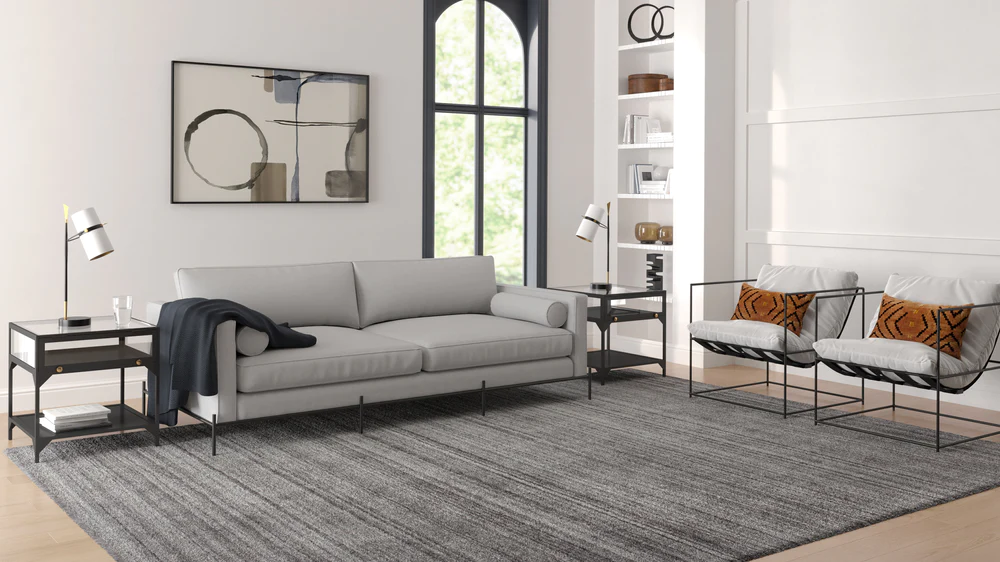
Credit: loomyhome.com
Preparing the Area for the Rug
When it comes to laying a new area rug, the most important step is proper preparation. Without taking your time to properly prepare the space, you may be doomed to failure before you even start. The first thing you should do is clear away any furniture or other items from the area. It’s important to make sure that the area is completely clear so that the rug can lie flat. Make sure to also remove any debris, dirt, or dust that may be present on the floor as this can interfere with the rug’s ability to lay flat. You may also want to sweep or vacuum the area for a more thorough cleaning. Finally, make sure the surface is completely dry before laying the rug. Allowing the area to dry completely can help ensure that the rug lies flat and stays in place.
Installing the Rug Properly
Installing a new area rug can be a daunting task. It is important to ensure that the rug is properly installed to ensure it lays flat and stays in place. The first step to installing a rug is to determine the right size for the space. Measure the area where the rug will be placed and take into account the furniture and other obstacles that may affect the fit. Once the right size has been determined, the rug should be placed in the desired location.
It is important to use a rug pad to ensure the rug lays flat and stays in place. A quality rug pad will provide cushioning and protection for both the rug and the floor underneath. After the rug pad is in place, the rug should be centered and the edges should be straightened. If the rug is not lying flat, use a carpet kicker or a weighted object to help push the edges down. It is also important to make sure that the rug is vacuumed regularly to help keep it looking its best.
Installing a new area rug can be a fun and rewarding project. With the right preparation and installation techniques, the rug will look great and last for years to come. Following these tips will help ensure that the rug lays flat and stays in place, creating a beautiful and cozy atmosphere in any room.
Make sure the Rug Lays Flat
Having an area rug that lays flat is essential for both safety and aesthetic reasons. While rolling out a new area rug and waiting for it to “settle” is the traditional method, there are a few more proactive steps you can take to make sure your rug lays flat.
First, you’ll want to make sure the rug is the right size for the area where you plan to place it. If it’s too small, it might not lay flat, as the edges will be too close to the walls or furniture and could cause it to curl up.
In addition, you may want to consider using a rug pad. Rug pads help the rug lay flat, as well as provide additional cushioning and protection for your floor. Pads are available in a variety of sizes and materials, and you can find one to fit your budget and the needs of your rug.
Finally, if your rug is curled up or has bumps, you can use a heavy object to flatten it. Place the object on top of the rug and leave it for a few days until the rug lays flat. This is a great way to get the rug to lay flat without spending any money.
By following these steps, you can ensure that your area rug lays flat and stays that way. With the right size, a rug pad, and a heavy object to flatten it, you can enjoy your new rug in no time.
Using Anchors and Non-Slip Mats
Laying a new area rug can be a daunting task, especially when it won’t stay flat. In order to get your rug to lay flat, you need to use anchors for the corners and edges and non-slip mats for beneath the rug. Anchors are typically made from heavy-duty materials and are designed to anchor the rug to the floor and hold it in place. Non-slip mats are also important as they prevent the rug from slipping, bunching, and creasing.
When using anchors, make sure to measure the area rug and the space it needs to fit into. This will ensure that the anchors are the correct size and provide the right amount of grip to hold the rug in place. It’s important to make sure that the anchors are properly secured and that the rug is evenly distributed over them.
Non-slip mats are key in keeping your area rug in place. Depending on the size and material of the rug, you may need to use multiple non-slip mats to ensure that the rug is secure. Non-slip mats are usually made of rubber and can help protect the rug from dirt and wear and tear.
Getting a new area rug to lay flat doesn’t have to be a difficult task. With the right anchors and non-slip mats, you can ensure that your rug stays put and looks great. Utilizing these tools will help keep your rug looking its best for years to come.
Weighing Down the Edges of the Rug
Having an area rug can add a pop of color and texture to your home, but if it tends to curl up at the edges, it can be a challenge to keep it looking neat and tidy. To ensure that your area rug lays flat, you’ll need to weigh down the edges. This can be done in a few simple steps.
First, you’ll want to use something heavy to help the edges of the rug stay in place. This could be something like books, furniture, or even large stones. Place the items evenly along the edges of the rug and leave them in place for at least 24 hours. This will help the rug lay flat and stay in place.
Next, you’ll want to consider using a rug pad. A good rug pad will help keep your area rug in place and can also help to make the edges of the rug look more even. Rug pads come in a variety of sizes and materials, so you should be able to find one that works for your room.
Finally, you’ll want to vacuum the rug regularly. This will help to keep the rug looking its best and will help to keep any dust and dirt from settling into the fibers of the rug. Additionally, vacuuming the rug will help to reduce the risk of the edges curling up again.
Using these tips, you’ll be able to get your area rug to lay flat and stay in place. With regular maintenance and the right products, you’ll be able to enjoy your area rug for years to come.
Vacuuming and Fluffing the Rug
No one wants to walk on a lumpy, bumpy rug, so it’s important to get your new rug to lay flat. Vacuuming is one of the most important steps in getting your rug to lay flat. Vacuuming is a great way to remove dirt, dust, and other debris that can prevent your rug from laying flat. Make sure to vacuum both sides of the rug, paying special attention to the edges and corners. Additionally, fluffing your rug can help it lay flat. Fluffing your rug is done by brushing it with a soft brush or your hands. Be sure to brush the entire rug, paying special attention to the edges and corners. Doing this will help loosen the fibers and help the rug lay flat. Additionally, you can also try flipping the rug over, as it may help the rug lay flat.
Professional Rug Laying Services
A flat and even area rug can transform any room and add a touch of style and elegance. However, getting a new area rug to lay flat can be a challenge. Professional rug-laying services are an excellent way to ensure your rug is properly laid and will stay flat for years to come. Professional rug layers have the knowledge and experience to get the job done right. They will inspect the floor, measure the space, and make sure the rug is securely and evenly laid. If there are any bumps or wrinkles, they can adjust the rug accordingly. Professional rug layers can also help protect your rug and floor by using padding or other materials to provide extra cushioning. They can also provide tips and advice on how to maintain the rug and keep it looking its best. Investing in professional rug-laying services is a great way to get your new area rug to lay flat and stay that way.
Troubleshooting Tips for Common Problems
When it comes to laying down a new rug, there are a few common issues that can arise. Fortunately, troubleshooting these problems is easy and straightforward. Here are some tips to help you get your new area rug lying flat:
- Check to make sure the rug is not twisted or bunched up. If it is, simply unroll the rug and check the edges to ensure they are straight and even.
- Make sure that the backing of the rug is securely attached to the floor. If not, use adhesive tape to secure it.
- Use weights or a heavy object to press down on the edges of the rug. This will help keep it in place.
- Place a damp cloth over the rug and press down on the edges with a hot iron. This will help to flatten out any wrinkles or creases.
- If your rug still won’t lay flat, try rolling it the other way. This can sometimes help to flatten out the rug.
By following these tips, you should be able to get your new area rug to lay flat and look great in your home. However, if you are still having trouble, it may be time to consult a professional. A professional can help determine the underlying cause of the problem and offer advice on the best course of action.
Maintenance Tips to Keep Your Rug Laying Flat
Area rugs can add a touch of style and sophistication to any room, but keeping them lying flat can be a challenge. Over time, the rug may start to ripple, curl up at the corners, and even develop a hump in the middle. Fortunately, there are several maintenance tips to help keep your rug lying flat.
One of the most important things to do is to vacuum the rug regularly. Vacuuming helps to remove dirt and dust that can accumulate deep down in the pile and cause the rug to become matted. Be sure to use the correct attachments to avoid damaging the fibers and use gentle suction to avoid pulling the rug up.
Another tip to keep your rug lying flat is to rotate it regularly. This helps to even out the wear and tear and prevents the fibers from becoming matted in one area. Depending on the size of the rug, you should aim to rotate it at least every three months.
In addition to regular maintenance, it can also help to use a rug pad or mat underneath the rug. This provides a layer of cushioning and helps to keep the rug from shifting. It also helps to protect the rug from wear and tear and keep it looking fresh for longer.
Finally, make sure to use a professional rug cleaning service at least once a year. This helps to remove any stubborn stains and deep-down dirt that can cause the rug to become misshapen and lumpy.
By following these maintenance tips, you can help to keep your rug lying flat for years to come. With regular vacuuming, rotating, and professional cleaning, your rug will look great and stay firmly in place.
FAQs About the How To Get A New Area Rug To Lay Flat
How long will it take for a new area rug to lay flat?
Depending on the rug size and weight, it can take anywhere from a few days to a few weeks for a new area rug to lay flat.
How can I get a new area rug to lay flat faster?
Use a rug pad to help the rug lay flat faster, and make sure to vacuum the rug regularly to help it settle.
What can I do if my area rug won’t lay flat?
Try using a weighted object, such as a heavy book, to help flatten the rug, or use a rug pad to help flatten it.
Conclusion
A new area rug can be a great addition to any room. However, if it doesn’t lay flat, it can be a nuisance. Thankfully, there are a few ways to get a new area rug to lay flat. Using a combination of heavy items, rug tape, and vacuuming can help ensure that your area rug lays flat and looks great. With a little bit of effort, you can make sure that your rug looks great in your home.

